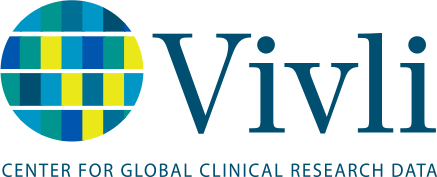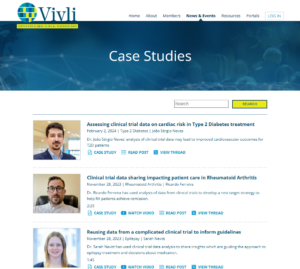
Ischemic strokes are caused by temporary disruption of blood flow to the brain, and include transient ischemic attacks (TIAs), commonly known as mini-strokes, as well as minor and major strokes. TIAs and minor strokes do not usually have significant long-term effects in and of themselves, but they are important as warning signs of the potential risk of a more significant stroke.
In carrying out research, TIAs are often considered alongside minor strokes, or as a distinct category. However, there has not been significant research to date focusing on minor stroke as a distinct category, particularly with regard to the potential for recurrence in the short term. Developing a better understanding of minor stroke could help improve patient care as well as advance medical knowledge. In a recently completed study, Dr. Andy Lim and colleagues focused on answering the question of whether isolating data relevant to minor stroke could provide useful information about the potential for recurrence.
This meta-analysis involved assessing individual patient data from 45,462 participants in 14 included research studies. The findings indicate that the pooled 90‐day stroke recurrence rate for minor stroke as a distinct category is 8.6%. Furthermore, this rate appears to be declining by 0.60% per year—a trend which seems consistent with those associated with improving outcomes associated with contemporary management of minor stroke and TIA assessed together, as well as for TIA outcomes assessed alone.
Establishing a better understanding of the baseline recurrence rate of minor ischemic stroke can help with comparing new treatments, developing new clinical pathways, and identifying improved methods for managing care. Using the Vivli platform gave the research team access to data from Ticagrelor versus Aspirin in Acute Stroke or Transient Ischemic Attack (SOCRATES) trial data, which Dr. Lim described as “an important piece of our meta-analysis puzzle. Without it, we would not be able to complete the picture.”
Read more about Dr. Lim’s research:
Meta-analysis of early stroke recurrence rate in minor stroke (Vivli Research Request 6866)
Ninety‐Day Stroke Recurrence in Minor Stroke: Systematic Review and Meta‐Analysis of Trials and Observational Studies (Journal of the American Heart Association)
Interested in finding out more about how access to Vivli’s data repository can help advance your research? Find out more about how to search and request data.








 Lower respiratory tract infections (LRTI) are a frequent complication for elderly patients with heart failure. Non-cardiovascular hospitalizations, including respiratory infections, cause around 50% of the hospitalizations in heart failure patients, making them comparable to cardiovascular hospitalizations in terms of health and resource use impact. However, little is known about the causes and associated prognosis of non-cardiovascular hospitalizations in patients with heart failure.
Lower respiratory tract infections (LRTI) are a frequent complication for elderly patients with heart failure. Non-cardiovascular hospitalizations, including respiratory infections, cause around 50% of the hospitalizations in heart failure patients, making them comparable to cardiovascular hospitalizations in terms of health and resource use impact. However, little is known about the causes and associated prognosis of non-cardiovascular hospitalizations in patients with heart failure.
 Vivli is delighted to announce the launch of our new
Vivli is delighted to announce the launch of our new  Analyzing individual patient-level data (IPD) from completed clinical trials to glean additional insights about patient populations is a key benefit of data sharing and reuse. Dr. Ashley Hopkins and his research colleagues have identified clinical trial data as an important source of information, particularly on emerging treatments which may not yet have a large pool of real world data. They have successfully leveraged data from the Vivli platform across multiple health areas, with a particular focus in oncology, including across lung, breast, and neural cancers.
Analyzing individual patient-level data (IPD) from completed clinical trials to glean additional insights about patient populations is a key benefit of data sharing and reuse. Dr. Ashley Hopkins and his research colleagues have identified clinical trial data as an important source of information, particularly on emerging treatments which may not yet have a large pool of real world data. They have successfully leveraged data from the Vivli platform across multiple health areas, with a particular focus in oncology, including across lung, breast, and neural cancers.